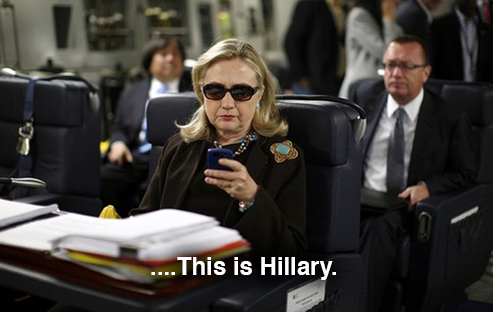
To be honest, I have never heard of Bert is Evil website until I read this essay. Maybe it’s my age, but it just doesn’t ring a bell for me. And when you think about it, that’s kind of one of the main points to this essay, preservation through digital history so people like me can remember something like this site and others like it. In the essay written by Roy Rosenzweig, Scarcity or Abundance? Preserving The Past in a Digital Era (http://chnm.gmu.edu/essays-on-history-new-media/essays/?essayid=6), it discusses the creation and rise to popularity of the Bert is Evil website and due to complications involving Osama Bin Laden after September 11th and the coinciding nature of the Google searches of the two, Bert was then deleted. Just like that.
Children’s Television Workshop, the show’s producers, threatened legal action. On October 11, 2001, a nervous Ignacio pushed the delete key, imploring “all fans [sic] and mirror site hosts of ‘Bert is Evil’ to stop the spread of this site too.”
It’s quite astounding really, how easy it really is to simply just choose something to no longer exist even though it did before with just the press of a button. It makes you think of how much we have actually don’t know about that has already happened. And with the digital scene rapidly growing by the second, we need to take a step back at what becoming digitized means for our society now and for the future.
It is important to first consider, what does the digital era mean for historical record? It means more security in the sense that records can be better hidden and protected with the proper coding and digital security system. However, with no actual physical copy of that record, when something in the slightest goes eyry digitally, all evidence of that historical evidence vanishes. What I didn’t know until after reading this essay is that government documents and documents are lost almost everyday because of the digital case in which it locked up in. What is nice though is that the National Archives do preserve their records manually. With that said, the rise of digital use of transferring and storing information is growing and taking over. For example, as the essay points out, Digital sky surveys, for example, access over 2 billion images. Even a dozen years ago, NASA already had 1.2 million magnetic tapes (many of them poorly maintained and documented) with space data. NARA is contemplating archiving military intelligence records that include more than “1 billion electronic messages, reports, cables, and memorandums. And even Secretary of State, Hilary Clinton sends 6 million email messages per year.

Basically, what I am trying to say is that we have entered into a new era. An era where digital preservation is now the norm and the roles between the historians and the archivists are starting the blur and blend as this task of digital preservation becomes much more daunting. Just remember, when people look back at this time 50 or even 100 years from now, what will they remember? What do we want them to remember? And whether Bert is Evil or not, the stories of those who tell can be preserved for the future if we allow it.
